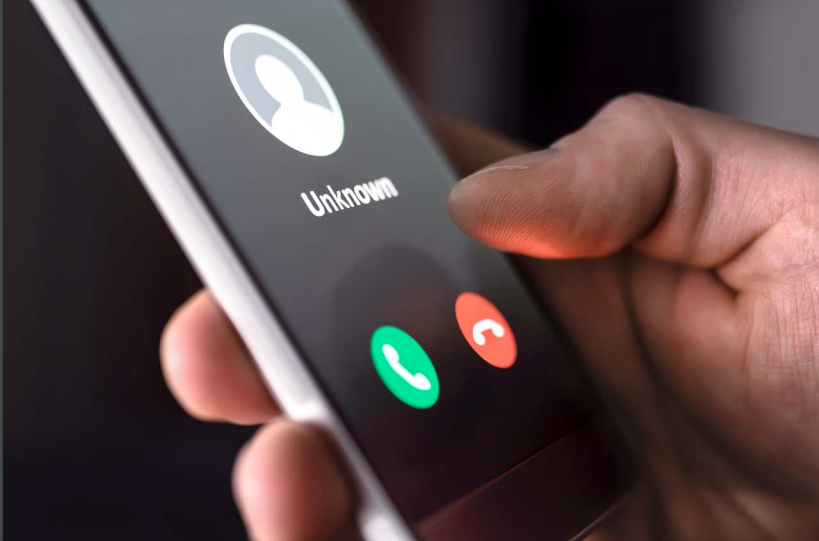Did you hear? The FDIC and state bank regulators closed two large banks over the weekend. Are your accounts safe in your own bank? As a taxpayer, will you pay for bailing out these banks?
You shouldn’t worry. First, your deposit accounts in an FDIC-insured bank are each insured up to $250,000 ($500,000 for qualifying joint accounts). If you’ve followed the rules on “ownership categories,” you can have several accounts in one bank that are each insured up to the $250,000 limit. The FDIC explains:
“FDIC deposit insurance protects customers in the unlikely event of the failure of an FDIC–insured bank. To determine if an institution is FDIC–insured, you can ask a representative of the institution, look for the FDIC sign at the institution, or use the FDIC’s BankFind tool. For general information about FDIC deposit insurance, read the following frequently asked questions. For more information about FDIC insurance and crypto companies, read the following fact sheet.”
Second, deposit insurance is paid for by insurance assessments on banks, not by taxpayers. As the FDIC explained yesterday:
“No losses associated with the resolution of Silicon Valley Bank will be borne by taxpayers. Shareholders and certain unsecured debt holders will not be protected. Senior management has also been removed. Any losses to the Deposit Insurance Fund to support uninsured depositors will be recovered by a special assessment on banks, as required by law.”
The two banks that failed had very risky business models. They were heavily involved in tech and crypto. Of course, as the FDIC has often pointed out, cryptocurrencies themselves are not FDIC-insured. Also, remember that an FDIC-insured bank can also offer uninsured products such as investments.
